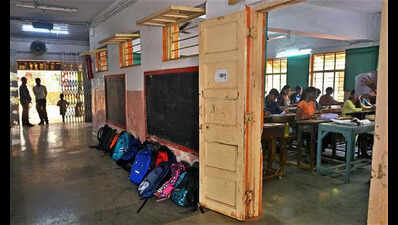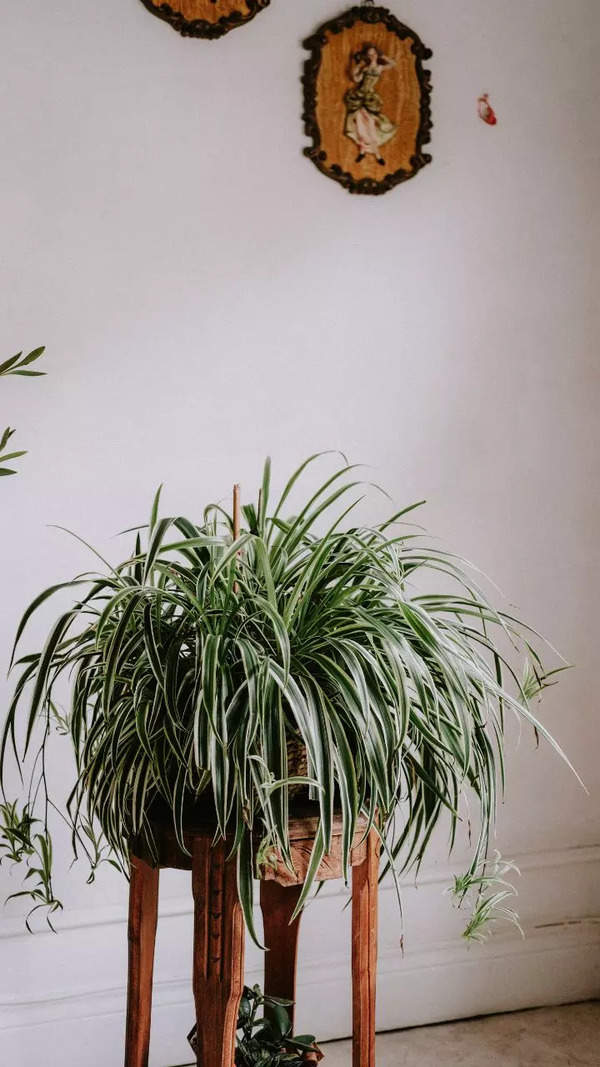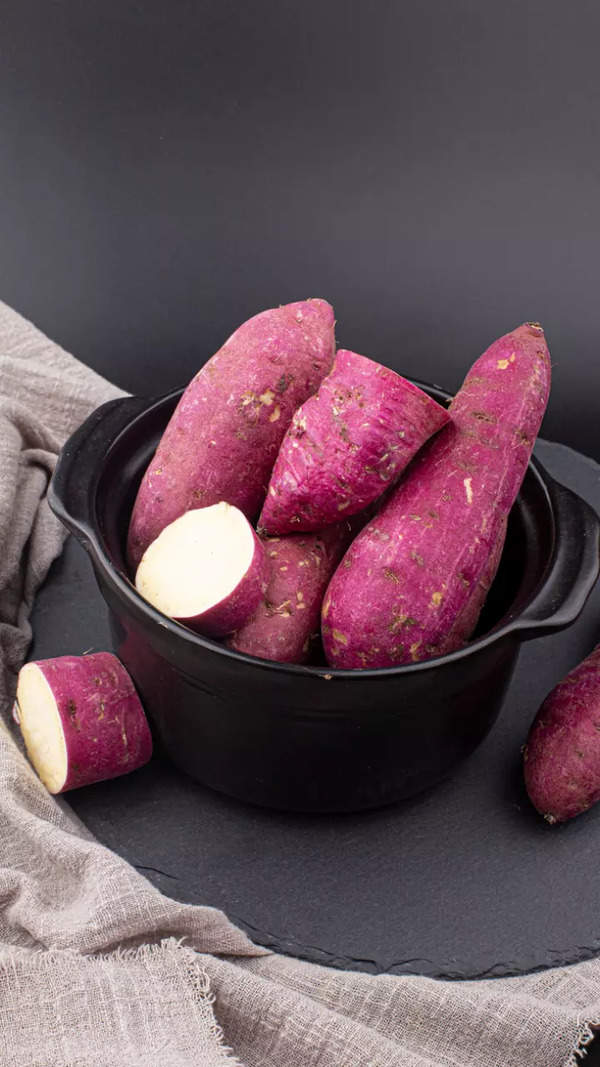- News
- City News
- mumbai News
- Most girls skip school during periods due to bad loos: Study
Trending
Most girls skip school during periods due to bad loos: Study
Mumbai: Across India, inadequate sanitation facilities in govt schools are driving a troubling trend: many girls fear using school toilets during menstruation, leading to frequent absenteeism, according to Sulabh Sanitation Mission Foundation's ‘Comprehensive Report on Menstrual Hygiene Management in India'.
Conducted between 2022 and 2023, the study surveyed over 6,400 women aged 20 to 49 across 14 Indian districts, including 577 from Beed and Dharashiv (Osmanabad), highlighting the lack of water, soap, sanitation, doors, taps, and dustbins in many schools. It found that poor menstrual hygiene facilities and more than distance from school, are a key factor in girls' absenteeism.
The report primarily focuses on older menstruating women from rural areas who face unique challenges due to migration for work in sugarcane fields, brick kilns, mines, and factories. "Most studies on menstruation focus on the problems younger women face. We have touched upon it but have deliberately focused on specific issues of older women as they are often ne-glected," said Nirja Bhatnagar, national director of programme and advocacy at Sulabh.
One of the report's most concerning findings is that 91.7% of older women skipped consulting doctors for menstruation-related health issues due to the lack of female doctors. In Maharashtra, 14.3% of women from Beed sought medical advice, with just 7.1% receiving treatment. In Dharashiv, 70.4% cited distance as a barrier, 14.8% mentioned lack of funds, and 44.9% across both districts avoided seeking care due to unavailability of female doctors.
Sunanda Kharate (60), a surveyor from Osmanabad present at the report's release in Mumbai, said, "There is stigma preventing women from opening up even to other women. It took repeated questioning to learn that they used worn-out cloth during their periods. We also found cases where young girls were isolated from their usual rooms during menstruation—such practices are a form of violence." In both districts, nearly half of the women used clean cotton cloth during menstruation, with 62.2% reusing it. While 47% consistently used soap to wash the cloth, 50% did so inconsistently. Additionally, 83.7% dried the cloth in hidden areas away from sunlight, and only half ensured it was completely dry before reuse.
The findings align with a Mumbai-specific survey conducted by International Institute of Population Sciences, which noted that while access to menstrual hygiene has improved in urban areas, stigma and affordable healthcare during menstruation remain out of reach for many.
End of Article
FOLLOW US ON SOCIAL MEDIA
Visual Stories
Hot Picks
TOP TRENDING
Explore Every Corner
Across The Globe












